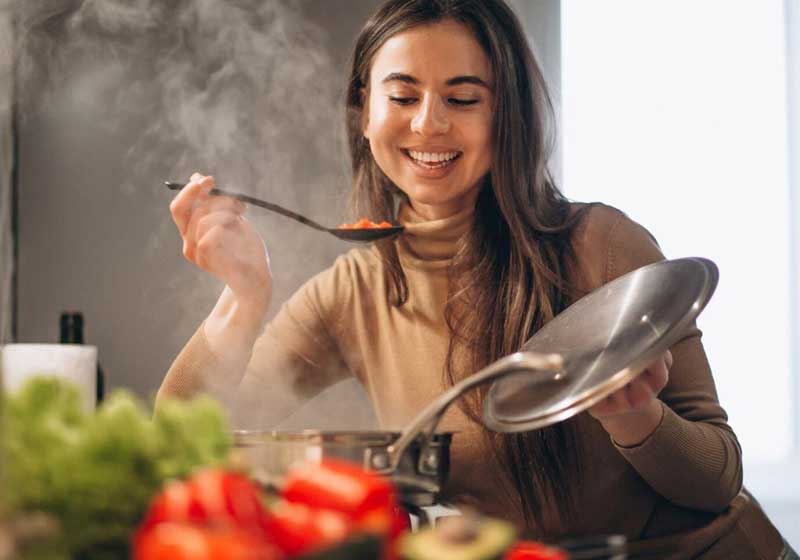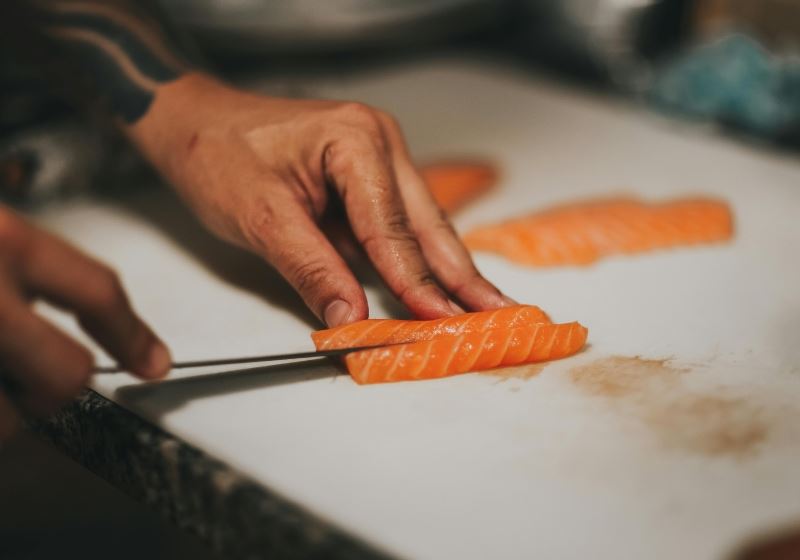By Leigh O’Connor.
The new luxury doesn’t arrive in a velvet box or under a cloche; it pushes up through soil in the patch behind the house. It smells like tomato vines warmed by afternoon sun and tastes like last week’s rain.
In cities that once equated sophistication with distance - truffles flown from Europe, tuna hauled across oceans, berries in mid-Winter - a quiet reversal is taking hold. The most coveted ingredient is now the one with a first name, the one you can point to and say, "I grew that.”

To eat what you grow is to collect time as much as flavour. Heirloom carrots left in the ground a little longer, basil pinched at its peak, lemons picked while the morning is still cool on their skins - these are pleasures that can’t be rushed, nor replicated by a supply chain.
For Chefs, the backyard plot has become a private larder and a creative provocation. A cook who has watched a purple-podded pea climb a trellis writes menus differently: to the weather, to the season’s quirks, to the surprise of what’s actually ready. The garden edits ambition into humility. It nudges a palate toward what’s alive right now, not what can be bought at any time.
Designers are leaning in too. Kitchens are being planned around compost drawers and herb ledges, balconies around self-watering planters, courtyards around citrus in terracotta, raised beds as deliberate as furniture. The aesthetic of abundance has shifted.
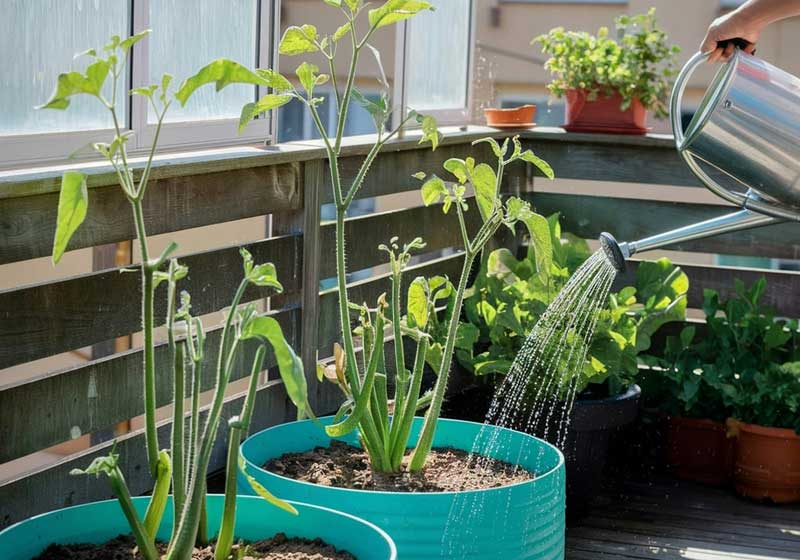
Where marble and imported stone once signalled status, now it’s a messy bowl of homegrown figs on the table, the kind that bruise if you look at them too hard. The best homes smell faintly of damp earth because someone has just come in from watering, hands still a little green at the fingertips. This is luxury that looks like life, not display.
City-dwellers, even those with only a sliver of light near a window, are in on it. They grow microgreens in takeaway containers, keep rosemary alive on stairwells, coax cherry tomatoes up vertical towers.
It’s not only thrift or sustainability, though both matter. It’s a hunger for intimacy in a world built on outsourcing. Growing food collapses the space between desire and satisfaction. You don’t scroll for it; you tend it. When it finally arrives, you know what it cost in patience and it feeds you twice - once in the waiting, once in the eating.
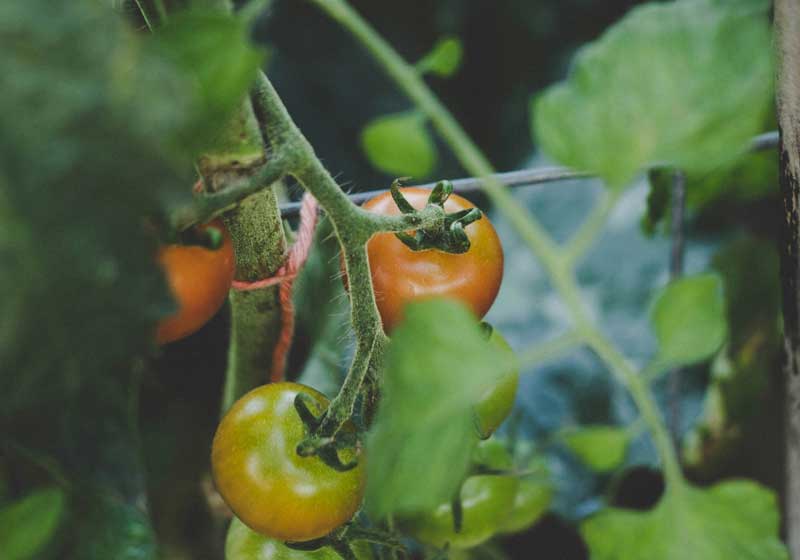
There’s social theatre in it, but a gentler kind. A dinner party with homegrown produce carries a different pride. You can hear it in the way people say, "These are from the garden,” as if introducing an old friend. The salad comes with a story: the slug war you won, the sudden heatwave, the neighbour who gifted seeds from their grandmother’s line.
Connection becomes part of the seasoning. Even the failures are communal - the splitting tomatoes, the bolted lettuce - proof that you tried to meet nature halfway.
In a time of climate anxiety and culinary fatigue, backyard sophistication feels like a small act of competence. You can’t control much, but you can nourish a plant. You can taste the difference between a supermarket peach and one that ripened behind your own stubbornness.
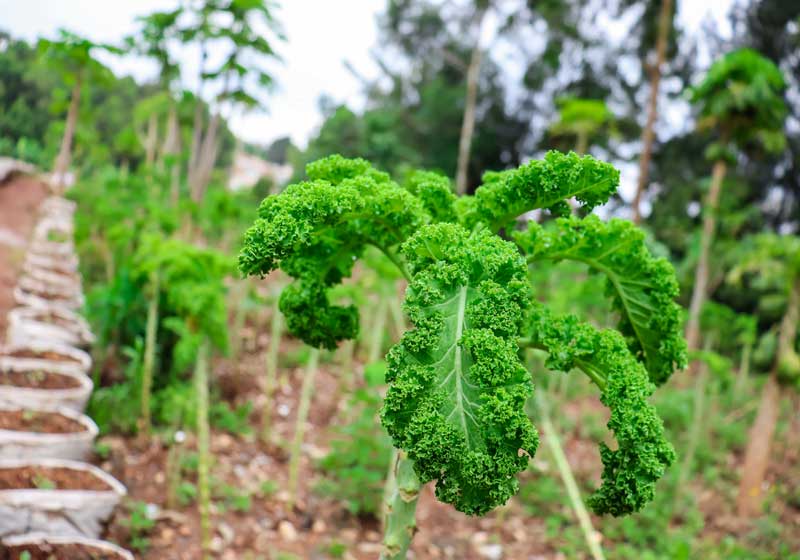
Homegrown food teaches attention - to soil health, to pollinators, to the mystery of why one zucchini thrives and another sulks. That attention quietly remakes you. You waste less because you know what effort looks like. You shop better because you’ve learned seasons with your hands.
Maybe that’s why this movement feels luxurious. It’s not about scarcity, but about meaning. The new luxury is the opposite of frictionless; it is hands in dirt, the slight ache in your back as you carry a basket inside.
It is knowing that dinner isn’t just cooked, it’s cultivated. When you sit down to eat, the meal tastes like place - not a far-off one on a label, but the one under your feet.


